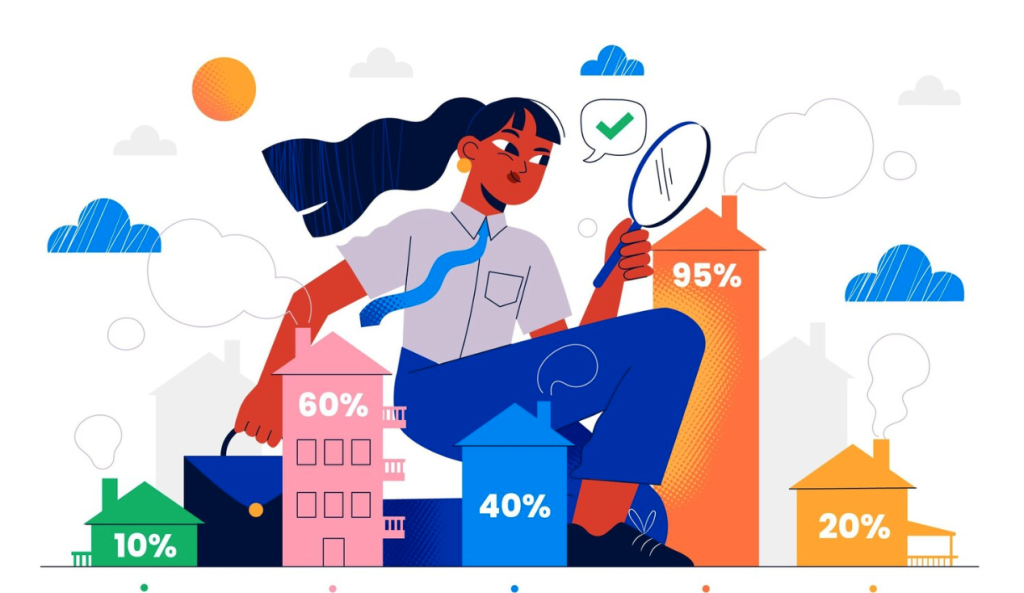High interest rates and unaffordable deposits are preventing many Europeans from buying their first home, while rising rents add further pressure on non-homeowners. Research by Adevinta highlights these growing challenges and underscores the urgent need for greater affordability to revitalize the stagnant housing market in the Eurozone.
Economic Landscape and Homeownership Aspirations
Despite economic indicators pointing to an improving Eurozone economy, such as the European Central Bank’s interest rate cut in June, affordability remains a critical issue. The research found that while buying is still seen as the most sensible financial option by nearly half (47%) of Europeans, significant barriers remain. Germany is a notable exception, where the rental market is more popular, and only 35% view buying as the better option.
Barriers to Homeownership
One of the primary obstacles is the inability to save for a deposit. A significant 64% of European non-homeowners report that they don’t have enough savings to put down a large enough deposit. The high cost of living further dampens their savings potential, with 58% not expecting to save enough for a deposit within the next three years.
High interest rates are another major barrier. Over the past two years, mortgage rates in the Eurozone have nearly tripled, making it difficult for 58% of non-homeowners to secure a mortgage. These rates have placed homeownership out of reach for many, even as they aspire to own property.
The Rental Market Pressure
For those unable to buy, renting is also becoming increasingly unaffordable. The cost of living crisis has exacerbated this issue, with over half (54%) of non-homeowners struggling to find rental properties within their budget. This problem is particularly acute in Spain, where 63% of non-homeowners face difficulties finding affordable rentals.
The impact of high housing costs is evident, with 58% of Europeans believing they cannot live where they want because of high rent or property prices. This sentiment is especially strong in Italy and Spain, where people report having to go over budget to secure accommodation. Italians, for instance, would prefer to spend no more than 22% of their monthly income on housing but end up dedicating 28% for mortgages and 27% for rentals. Similarly, Spaniards want to allocate a maximum of 25% of their income towards housing but actually spend 28% on mortgages and 30% on rentals.
Industry Insights and Future Outlook
Roman Campa, Head of Real Estate and Emerging Verticals at Adevinta and CEO of Adevinta Spain, highlighted the widespread affordability challenges:
“Every country has its own nuances but our data shows home seekers across Europe are being hindered by major affordability challenges. The good news is, the outlook is finally brightening. Should inflation keep falling, and interest rate cuts continue, we may see more home-seekers able to size up or get a foot on the ladder for the first time in key European markets like France, Spain, Italy, Germany, and Benelux.”
Campa also emphasized the role of agents and marketplaces in providing valuable information and choices to ease the home search journey. In a competitive environment, these entities play a crucial role in helping individuals navigate the market effectively:
“Finding a place to call home should be an attainable and enjoyable experience, no matter the external economic context.”
Conclusion
The combination of high interest rates and unaffordable deposits is significantly impacting the ability of Europeans to buy their first home. While there are signs of economic improvement, these financial barriers remain a major challenge. Addressing affordability is essential to unlocking homeownership opportunities and easing the pressure on the rental market. As the Eurozone economy continues to recover, efforts to enhance affordability will be key to supporting both current and prospective homeowners.






